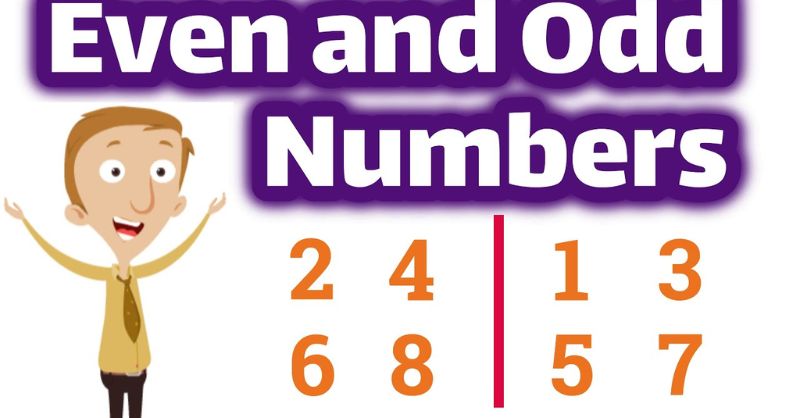We often concentrate on the content of our work and assignments so much that we sometimes overlook the visual appeal of these assignments, and that visual appeal is becoming increasingly important. A well-designed assignment not only helps to convey your ideas more effectively but also leaves a good and lasting impression on your teachers and peers. In this comprehensive guide, let’s take some time to explore some of the best strategies, tips and techniques to help you create more visually appealing and easy to digest assignments.
Effective Use of Fonts and Typography
One of the simplest and yet most powerful ways to enhance the aesthetics of your assignments is by learning some of the basics of how to effectively use appropriate fonts and typography. Typography is the art of getting your fonts and text to enhance your design, and even to become part of the story you’re telling. There are excellent free design tools online like Adobe Express that can help you achieve this. You do this by using readable fonts, paying attention to font sizes, and correctly using formatting options like bold text and italics to emphasise key points. A clean and consistent use of typography will make your assignment visually appealing.
Another important part of typography is layout. This means focusing on small things like consistent line and paragraph spacing. Properly spaced text improves readability and gives your assignment a polished look. Consistency in font choices and spacing throughout your assignment contributes to a professional appearance.
Incorporate Strong Visual Elements
Words might tell a story, but elements that can quickly convey a message like images, charts and graphs are essential. They can significantly enhance the both the visual appeal and meaning of your assignments. Keep these visual elements relevant to your content and use them to illustrate your ideas. If you use visuals from other sources, remember to properly cite them.
Other than the content of the visuals, remember to also consider the placement within your assignment. Aim to balance the use of text and visuals to maintain an appealing and informative flow.
Colour Harmony
While most of us aren’t very artistically minded, it shouldn’t stop us from spending some time on the basics. One of these basics is the use of colour. Selecting a pleasing colour scheme is crucial. Try to avoid using too many colours or combinations that may distract from your content. Instead, try to pick a harmonious palette that complements your subject matter. Don’t change colours too often either. Keep it throughout your assignment to create a polished look.
Colour is also very important to highlight important information. Keep the colour use subtle but use it to quickly draw attention to key elements, adding both visual interest and clarity to your assignment.
Layout and Organisation
Layout can make your assignment easier to navigate and more visually pleasing. Use both clear headings and subheadings to break up text and use these breaks to make your content flows logically. Try not to fill up the entire page too and keep some of your space empty. This white space provides breathing room and makes your assignment appear less cluttered.
Think about the organisation of your assignment from the perspective of someone who might not be familiar with the content and keep in mind that you’re educating them through your work. Try to use a logical and sequential flow and provide clear transitions and breaks between sections. Additionally, consider the use of bullet points and numbered lists to present information in a visually appealing way.
Attention to Detail
Once you’ve spent the time making your assignments look good, don’t forget to make them read well. Proofreading and formatting are essential steps in creating better-looking assignments. Typos and formatting errors can detract from the overall presentation. Take the time to review your work for accuracy and consistency.
Make sure to pay attention to the finer details such as your page margins, page numbers, and properly formatted citations. These elements play a crucial role in enhancing the professionalism of your assignment. Consistent formatting of citations and references is particularly vital. Don’t forget to explore the world of free fonts to add an extra touch of creativity and uniqueness to your work.
Crafting aesthetically pleasing school assignments is a skill that can set you apart as a student and a skill that is important throughout your career. If you can use even simple design aesthetics when you’re writing or completing your work, you can create assignments that not only impress but also communicate your ideas with clarity and style. With these strategies in mind, you’ll be well on your way to producing visually captivating assignments that leave a lasting impact and elevate your academic work to a new level of excellence.








 September 17, 2023
September 17, 2023






